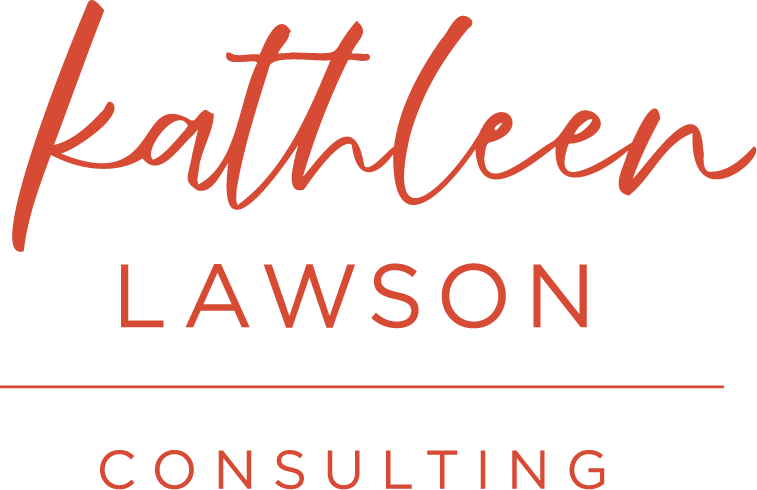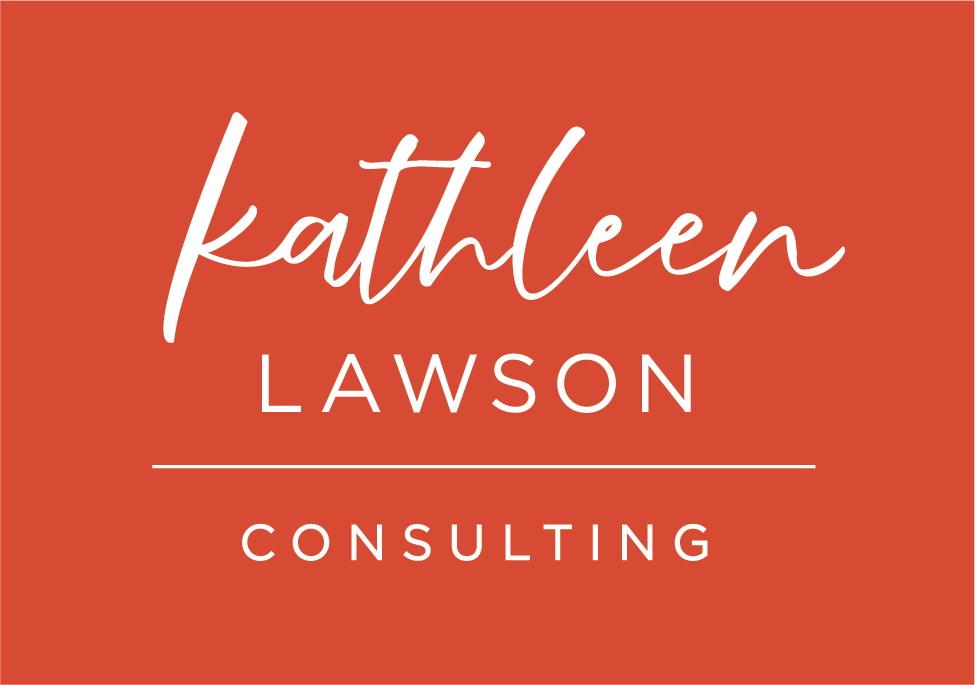Holly Henderson: Managing Client Expectations
I recently interviewed Holly Henderson, virtual business manager and founder of Anchor Administration. Holly supports online business owners at a high level with marketing systems, admin support, and operations. She helps her clients streamline the backend of their business to reduce overwhelm and keep things moving so they can focus on what they do best. After working with her for many years, one thing I noticed is that she’s excellent at managing client expectations.
“It's all about the relationship,” Holly told me. “As you’re interacting with clients and building relationships with them, it's not so much about the expectation as it is about open and honest communication about expectations - what your needs are and how you work - to establish an aligned partnership.”
I find that many new business owners hesitate to set expectations or boundaries. One example is with their calendar. They think, “I'm available all the time, anytime”. People are afraid to set boundaries and potentially lose work. But as Holly shared with me, as you get more experience, you start to understand that setting expectations is good for both sides.
Proposals and Contracts
I was curious about how Holly uses proposals to help with setting expectations. She shared that it begins before the proposal, on the discovery call, where she discusses what it’s like to work with her and if they can find a balance that will work for her and her client. In the proposal, she states office hours, general turnaround time for certain projects, and how they can reach her and when. Then they have it in writing after the discussion on the discovery call.
The discovery call is also a great time to watch and listen for any red flags and make sure that they're the right fit for you.
“If they tend to do everything last minute because they're just very creative and they're not open to any kind of structure, or they fly by the seat of their pants and they want you to do the same thing, that’s an immediate red flag. That's not something I can do and expect it to be successful,” Holly shared.
Welcome, Onboarding, and Communication
One of the first things I do with my clients is set up their onboarding process - it provides a crucial opportunity for managing expectations. Communication details are always a key component of this:
How/when - Zoom or email? weekly, bi-weekly, or monthly?
What platform - Some clients are auditory, some need to read text.
Office hours - Are you off weekends? Start and end early or late?
Response turnaround - When can you expect feedback from each other?
For big projects - Clarity on status and next steps
Onboarding also provides an opportunity to “set the tone” in your new client relationship. While sometimes more subtle, this is also about expectations.
Above and Beyond the Norm
It’s great when everything goes smoothly, but what happens to established expectations when the unexpected occurs? So I asked Holly about balance regarding personal emergencies, sick days, juggling multiple clients, needs, and deadlines.
“I rely on many tools, such as a project management system, to keep track of what I need to do every day,” she said. “That ensures that I have a clear picture of what is expected of me from everyone as I go into any given work day. I tackle things by priority. So if something more urgent does come up, I'm able to respond quickly and provide efficient turnaround times. But if it’s five o'clock on a Friday and all of a sudden someone just decides that they want something that’s not a life or death situation, I will politely say, ‘I will have that to you in the early part of next week.’ I have the backend system to support any unexpected or overlooked issues that have to be addressed. I've structured my day with some padding so I can respond efficiently to those things.”
In our time working together, Holly has been transparent about anything that’s affecting her day. She’s got two young kids, and sometimes one of them is sick, or she’s off for their school break. She’s always clear on how that will affect usual turnaround times. She simply communicates on Voxer or via email, so the edited plan is understood by the client. We also live in different countries - I’m in the U.S. and she’s in Canada, and occasionally there’s a holiday for one of us that the other doesn’t have. And she provides a generous amount of lead time for those dates, along with reminders as those dates get closer.
“I'm available when I'm available. When I'm not, I'm not. Everybody's very clear and nobody's expecting me to be there when I'm not.” - Holly
Finding the Best Channels of Communication for You
Holly uses a combination of Slack and Voxer to keep the communication going between her and her clients, which also encourages collaboration. Since our email boxes can get bombarded, things go to spam, and easily get lost, Holly takes a minimalist approach here, making email secondary for communication.
Holly shared, “Both Slack and Voxer are good for daily check-ins and communication. And Voxer is more casual and personal, so you can brainstorm and say things quickly. Slack is great if you're sending files and things, and you can go back through the thread and check on what was said and/or done.”
I use Voxer with my clients as well, and I like it when I’ve got something a little more tricky to explain. Voxer makes it easier to speak than to type. You can hear the tone and voice. You're not potentially misreading a text or something.
Status Reports and Larger Projects
I’m a big fan of regular status reports and check-ins. They keep the client informed. Holly communicates daily with clients and also on bi-weekly Zoom calls.
“Again, it's the communication. If you're leaving clients in the dark, they will worry - is my work getting done? Where is it? I'm nervous. Those regular touch points erase that worry for the client.” - Holly
If you’re a business owner who works on a retainer basis with a client, regular meetings like that help avoid potential problems. They eliminate questions in the day-to-day because you can talk about these things and make plans during your scheduled Zoom call. It helps to build trust over time - your clients know if you say something is going to happen, it’s happening.
I’ve implemented regular meetings with my clients. Some of them had never had regular meetings before. But without that, you’re trying to track down clients to get approvals and dealing with a lot of last-minute and ad hoc communication. A regular meeting allows you to be more strategic and put some thought into what you’re going to discuss.
Holly’s Final Thoughts
In your communications - proposals, contracts, invoices - be crystal clear about what’s in scope and what’s out of your scope of work. Any confusion around this can build tension in the relationship.
Holly told me, “Clients often don't even realize that they're asking for something out of scope. If something is out of scope, communicate it immediately in a professional way, and offer to send a quick estimate.”
I think it's important to point that out and continue to reiterate the boundaries and the scope of the work you're doing.
If you’re looking for support with streamlining the backend of your business, 'check out Holly’s website: www.anchoradministration.com. From email marketing to backend admin systems, Anchor Administration provides the support you need to keep your business moving forward without the overwhelm.
Managing clients is a work in progress for business owners. There are many ways I can help you establish boundaries and expectations with your clients.

